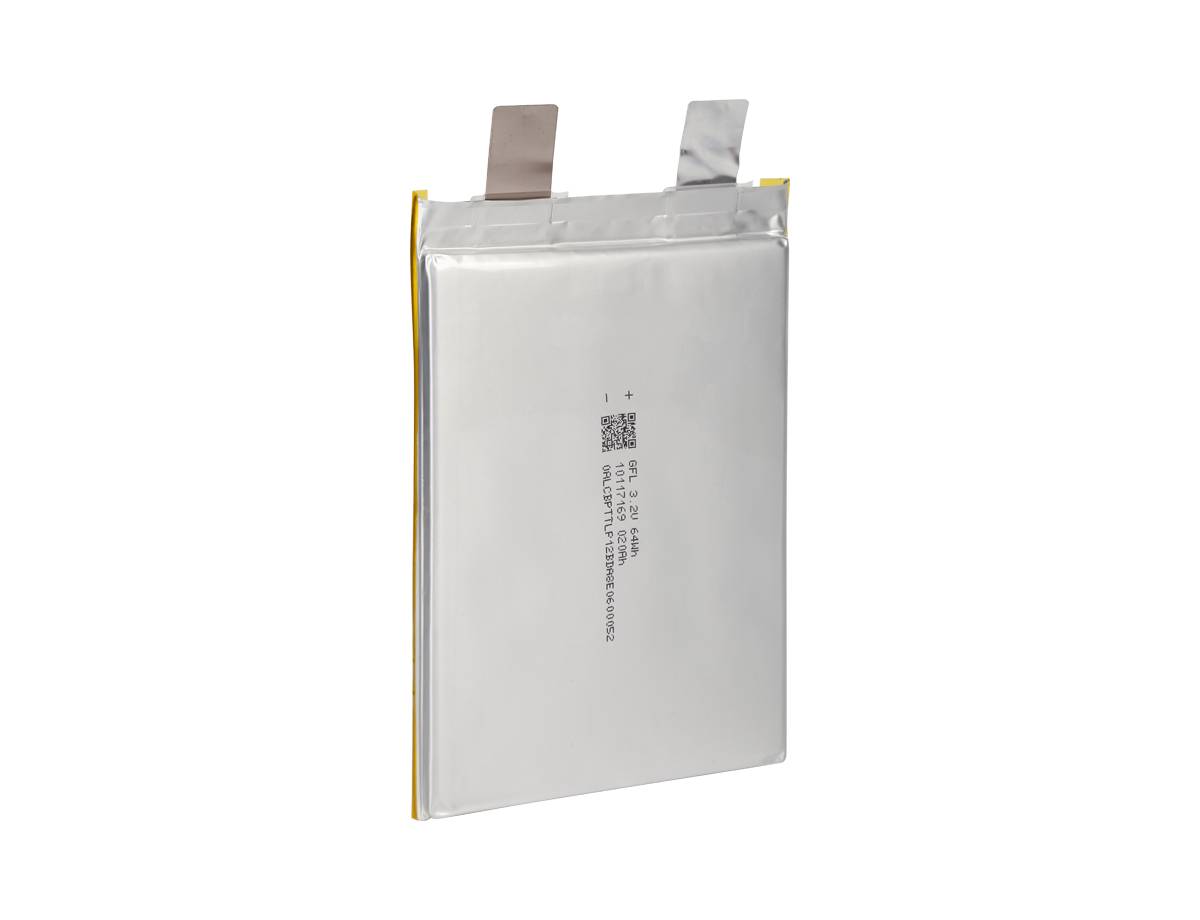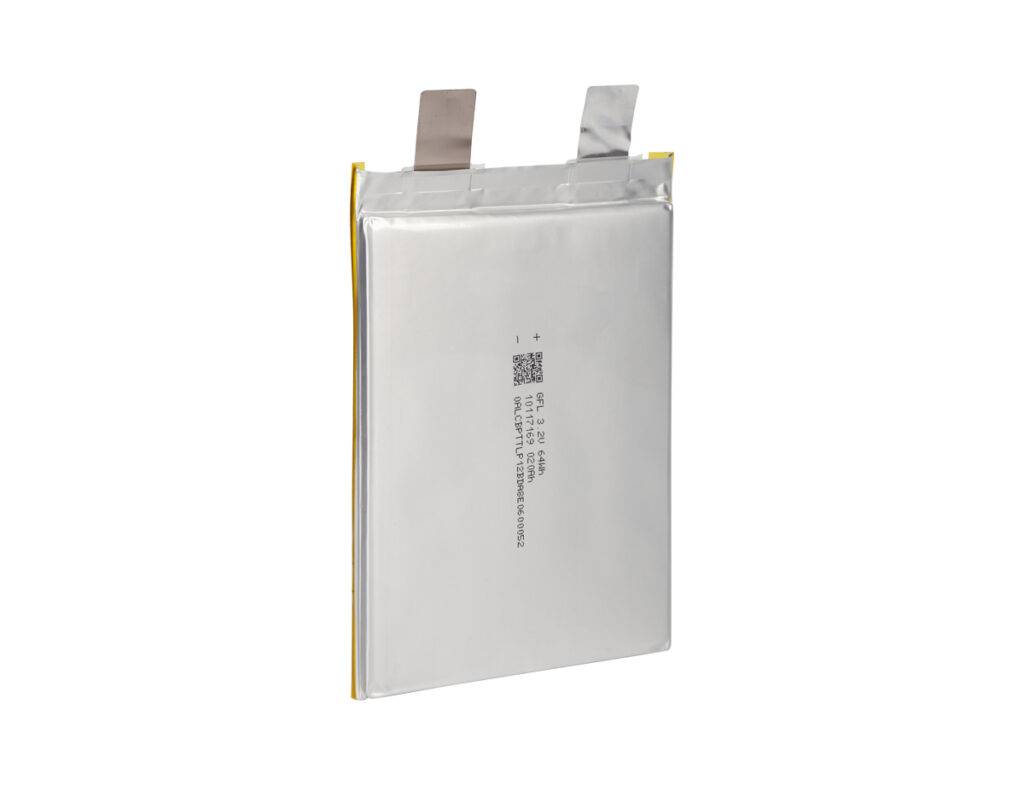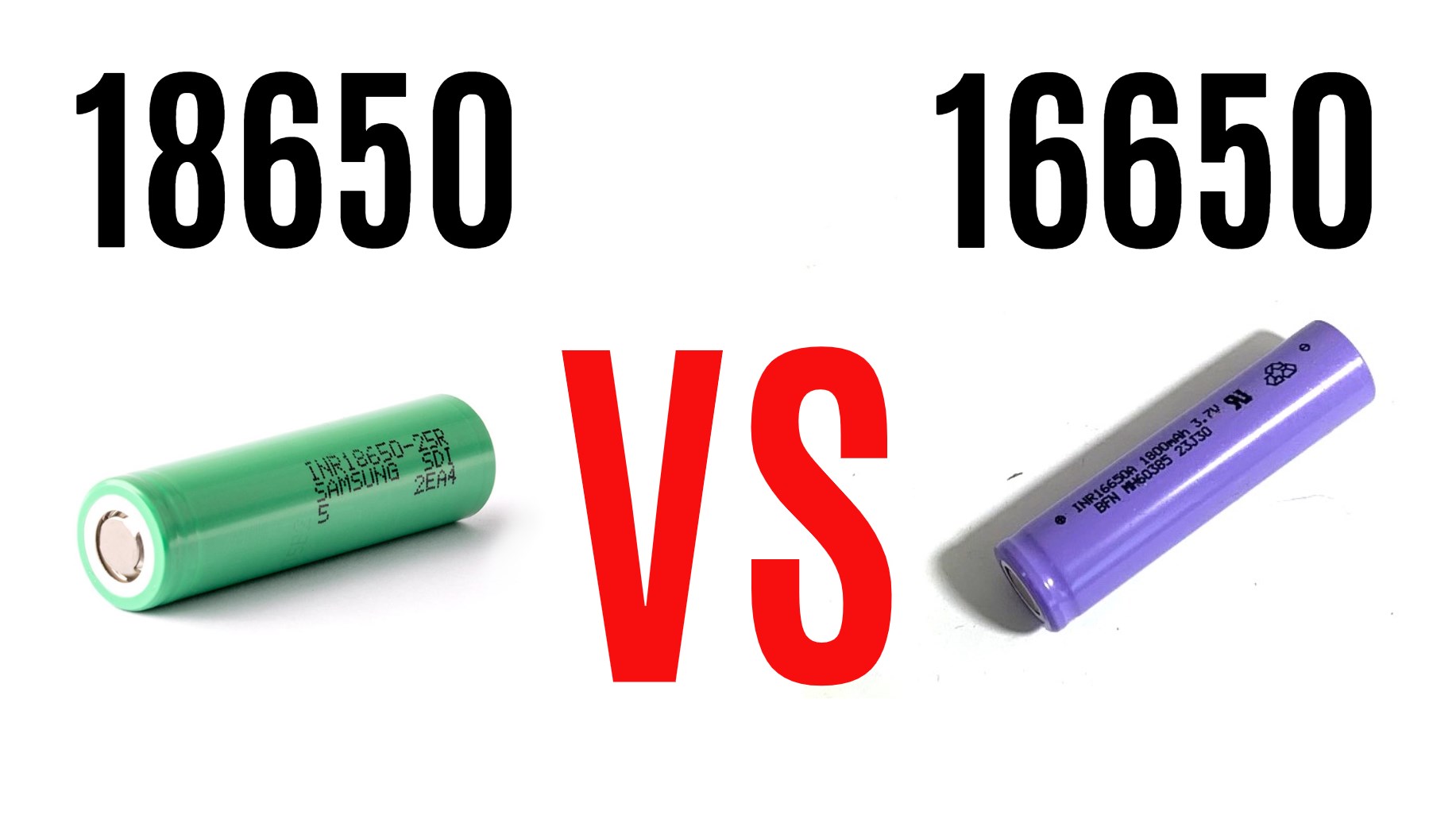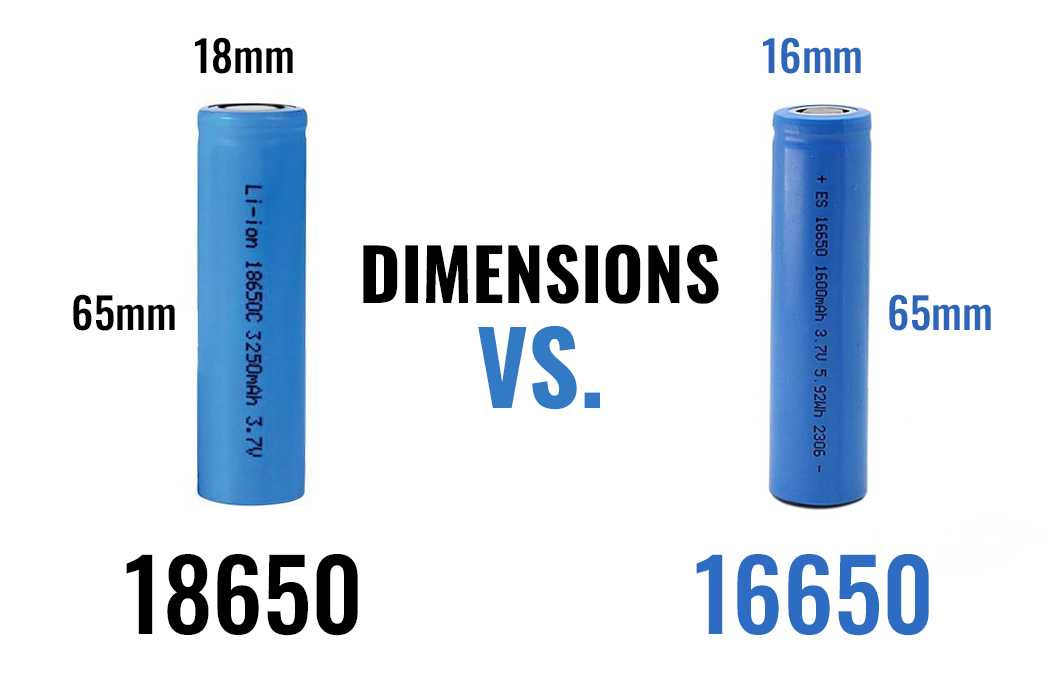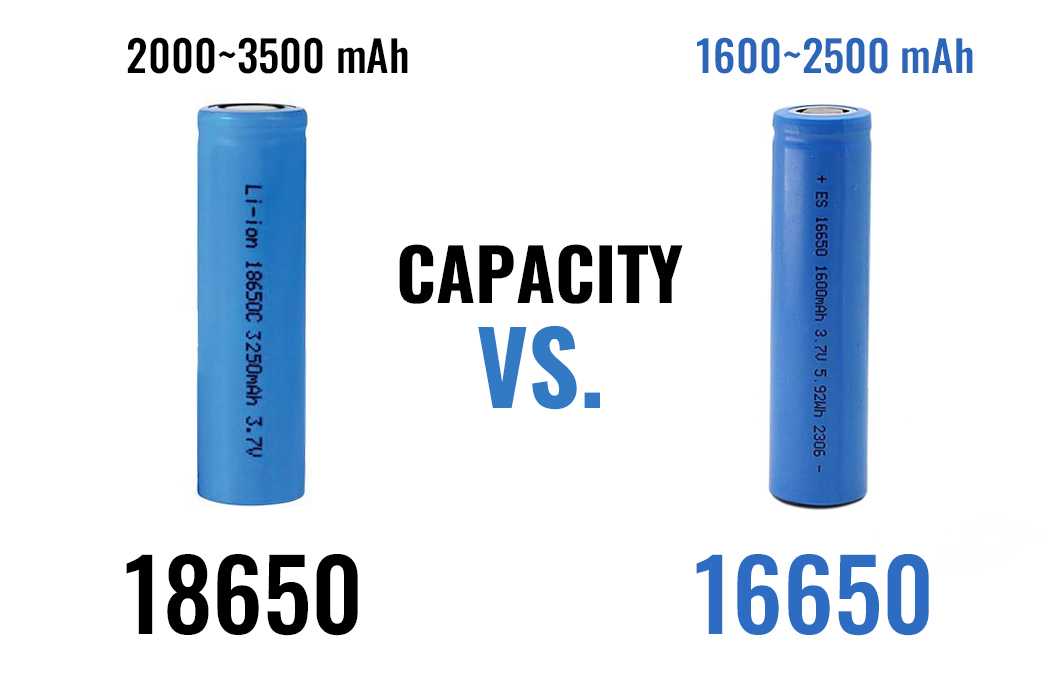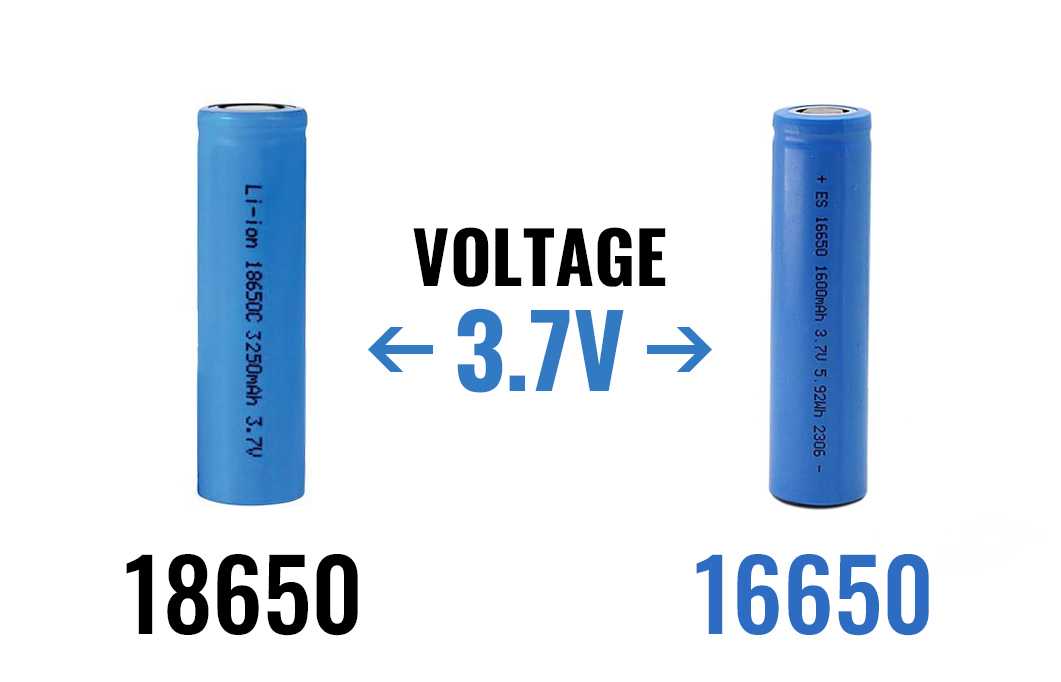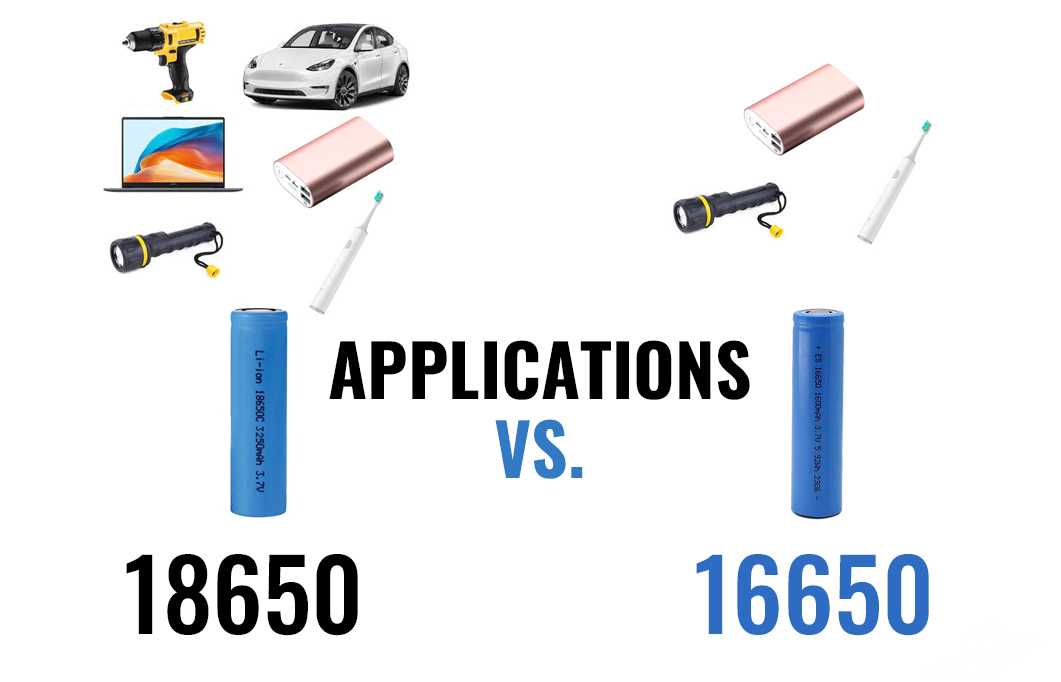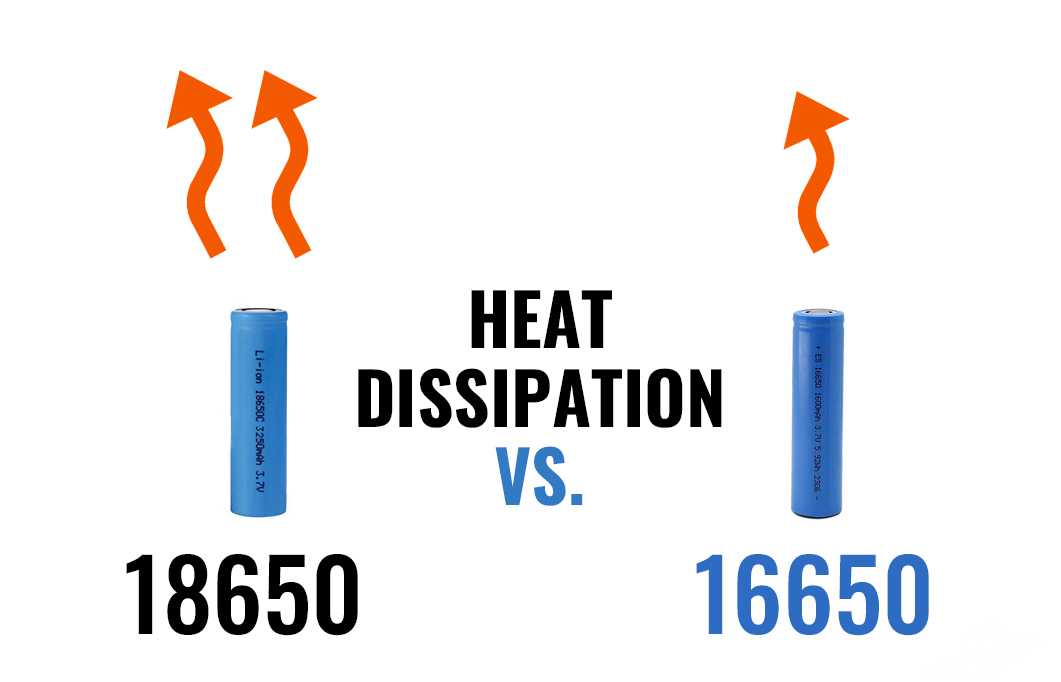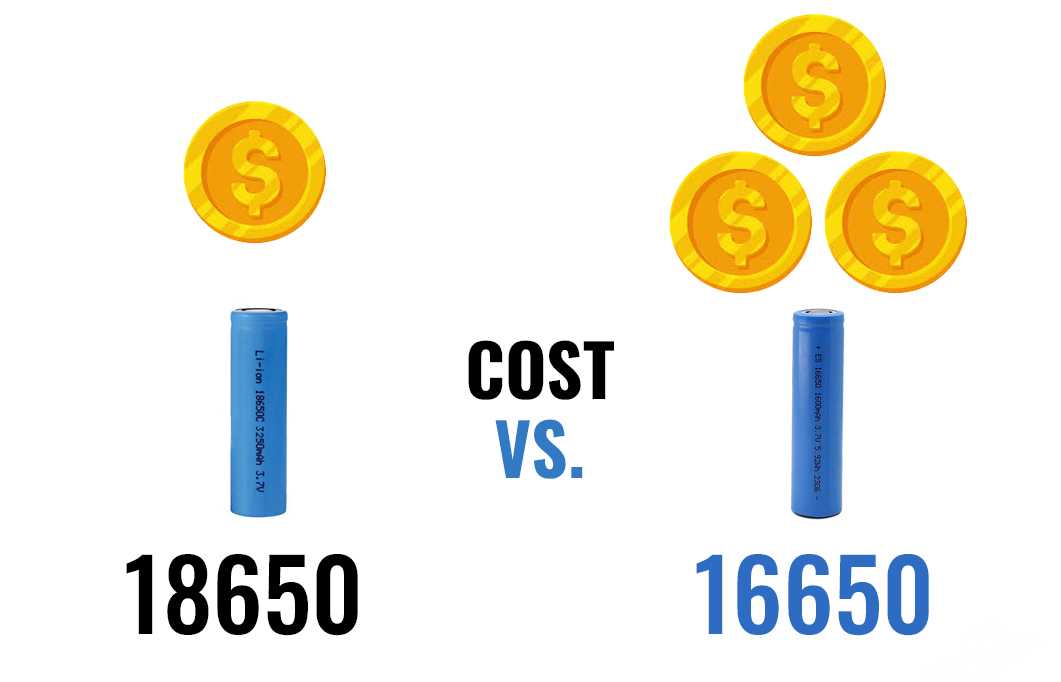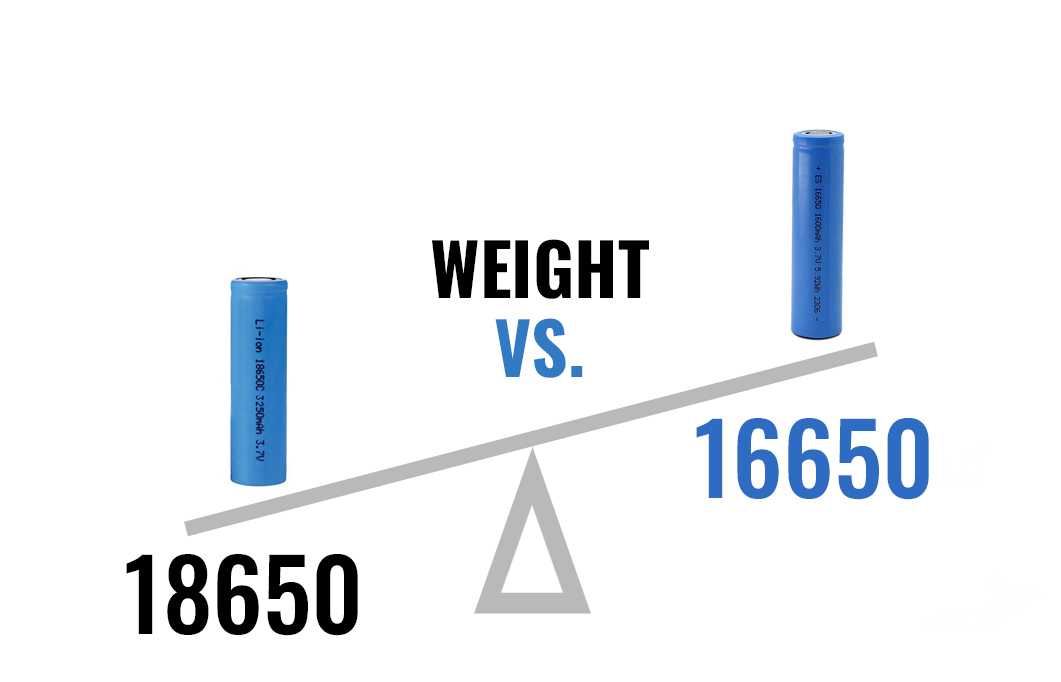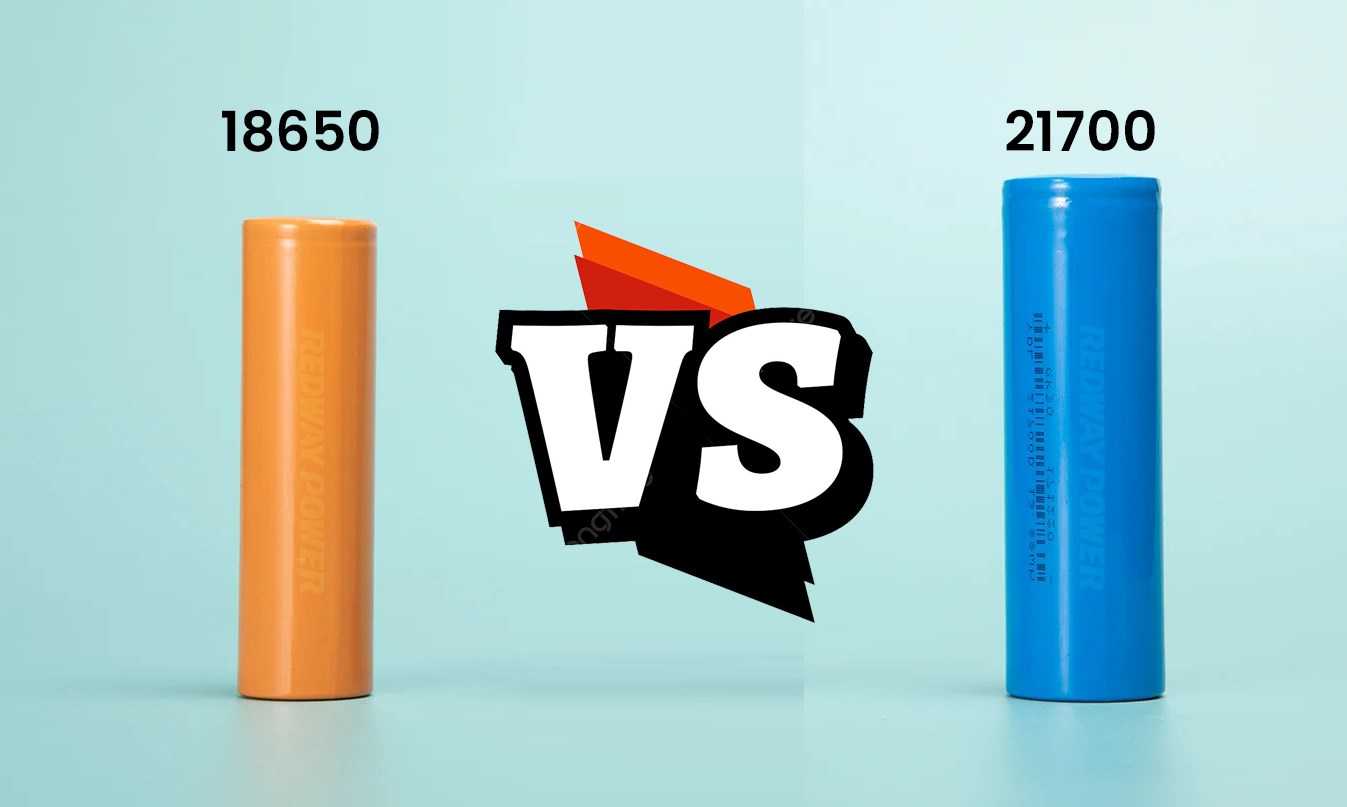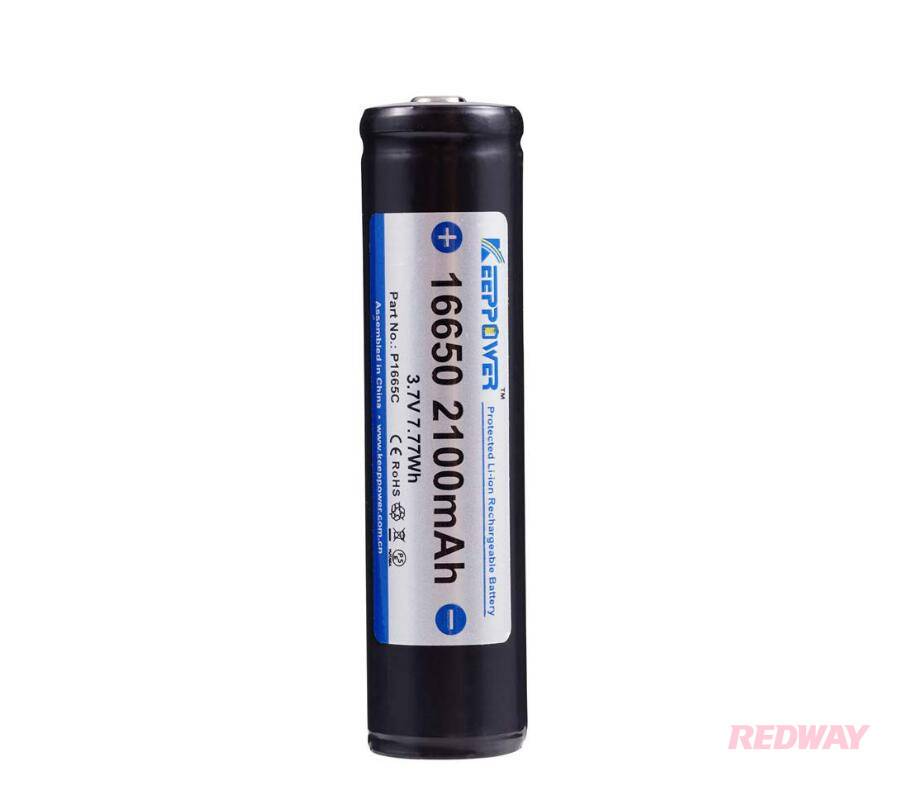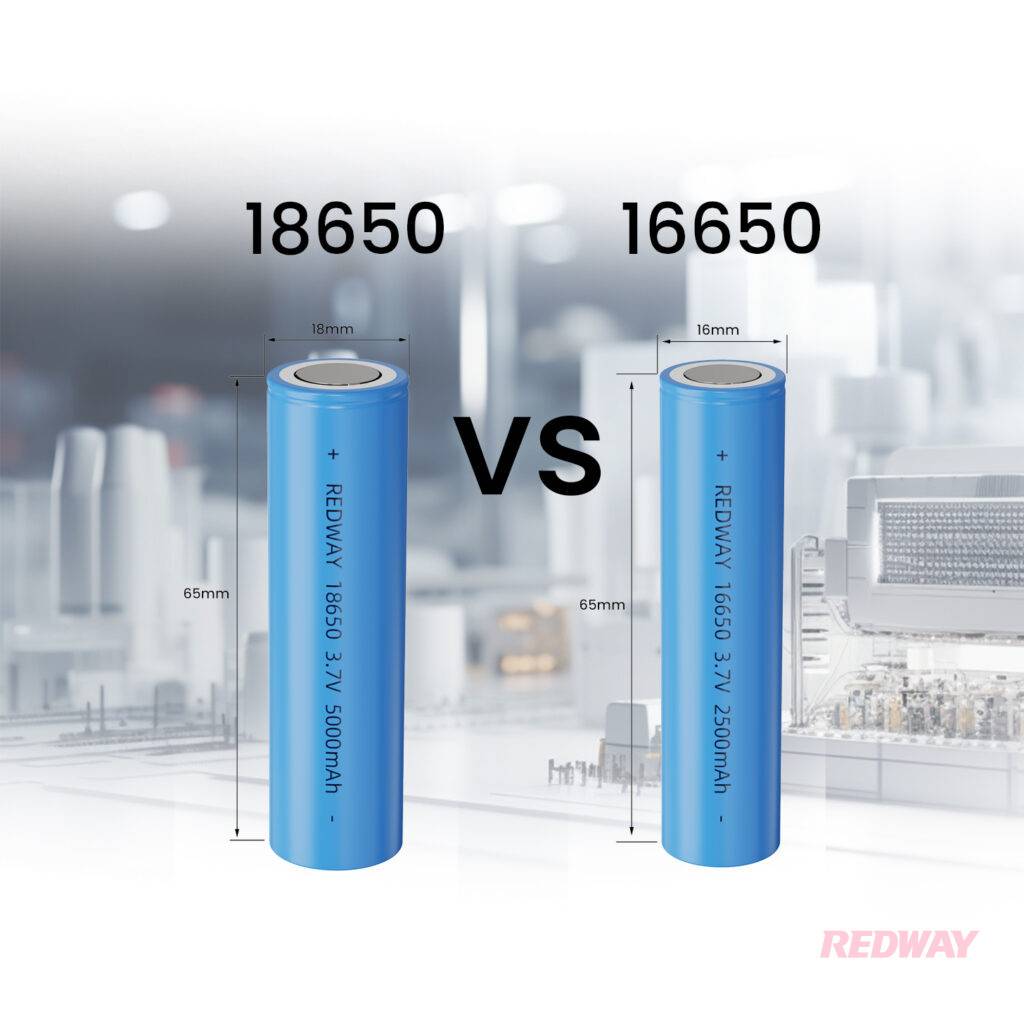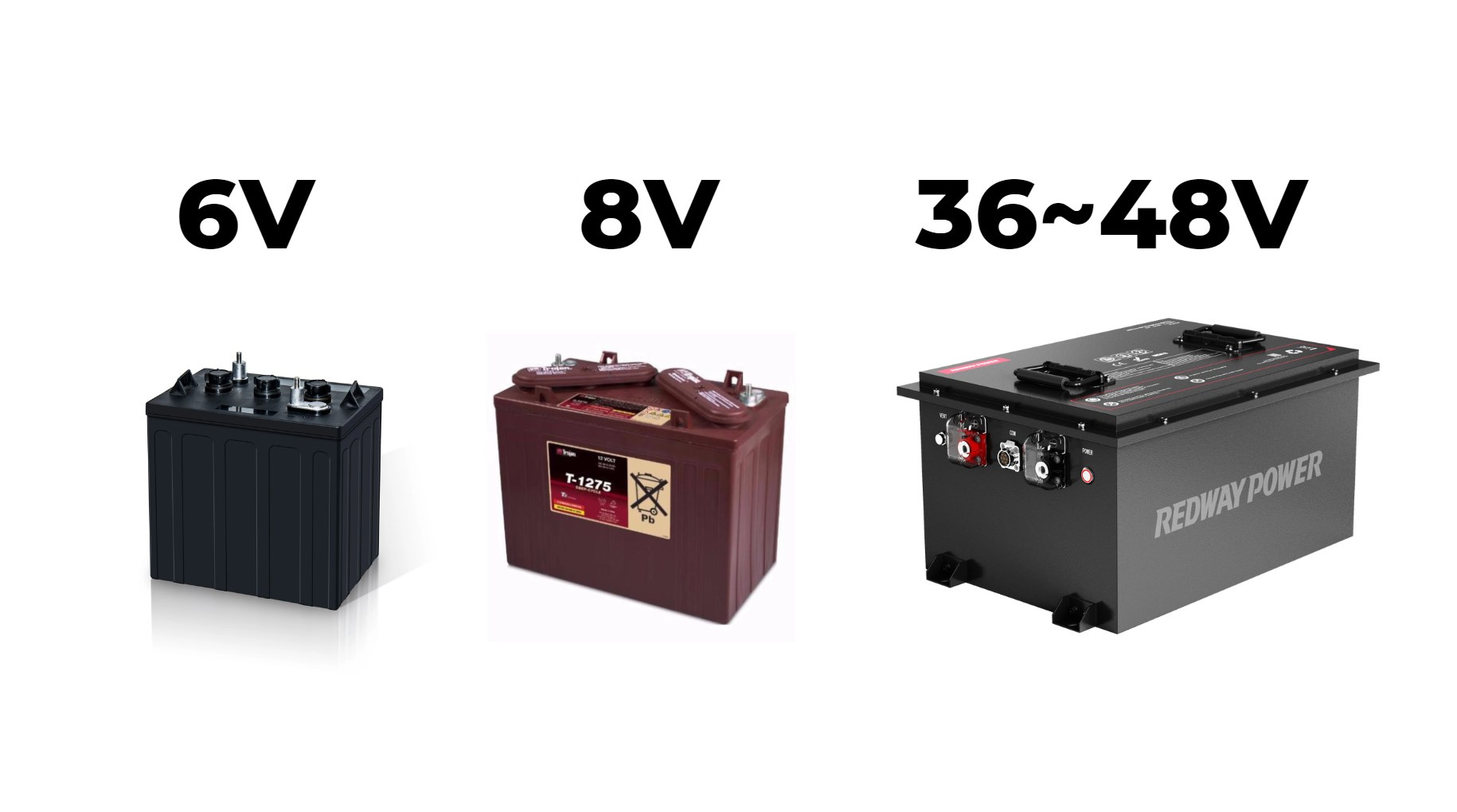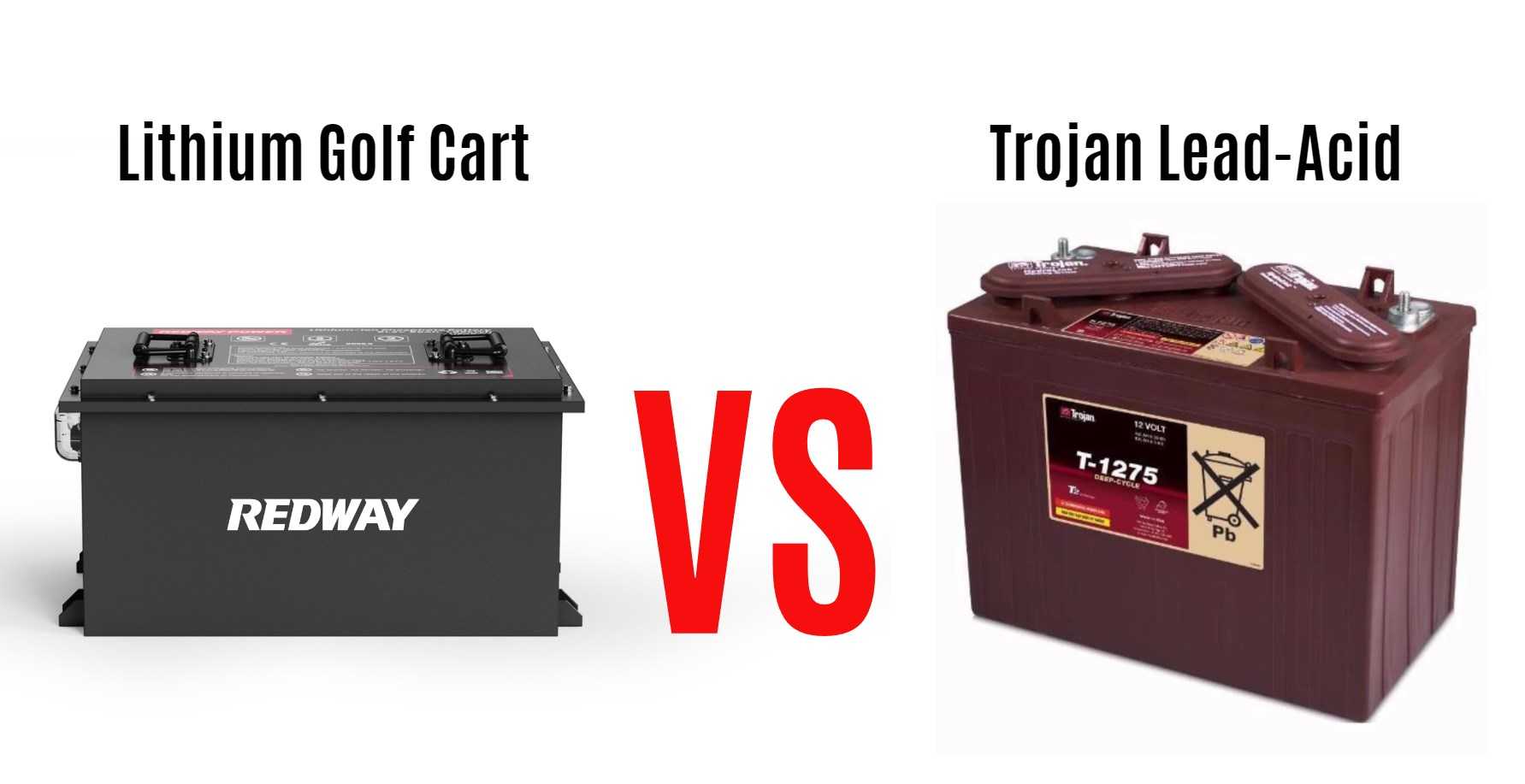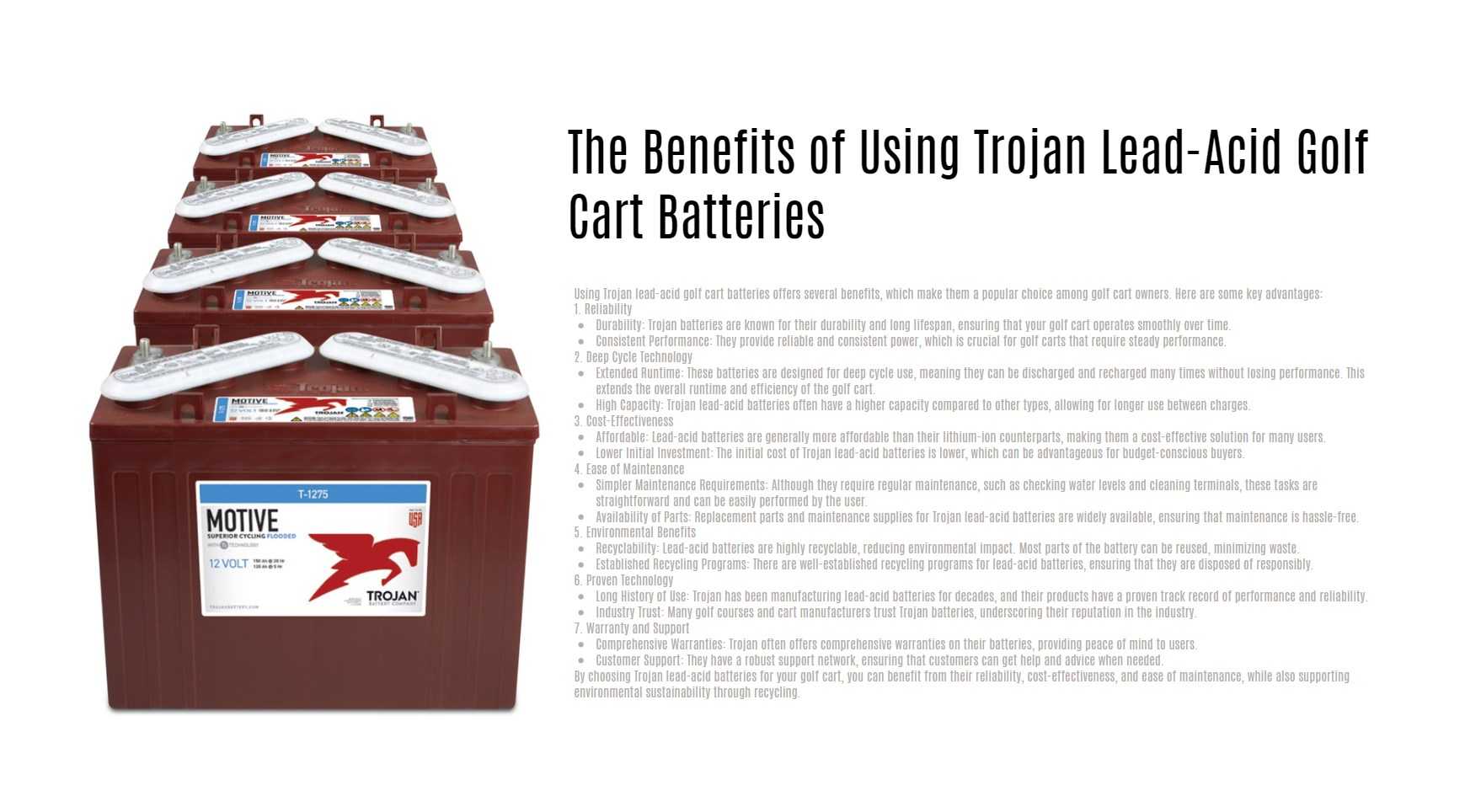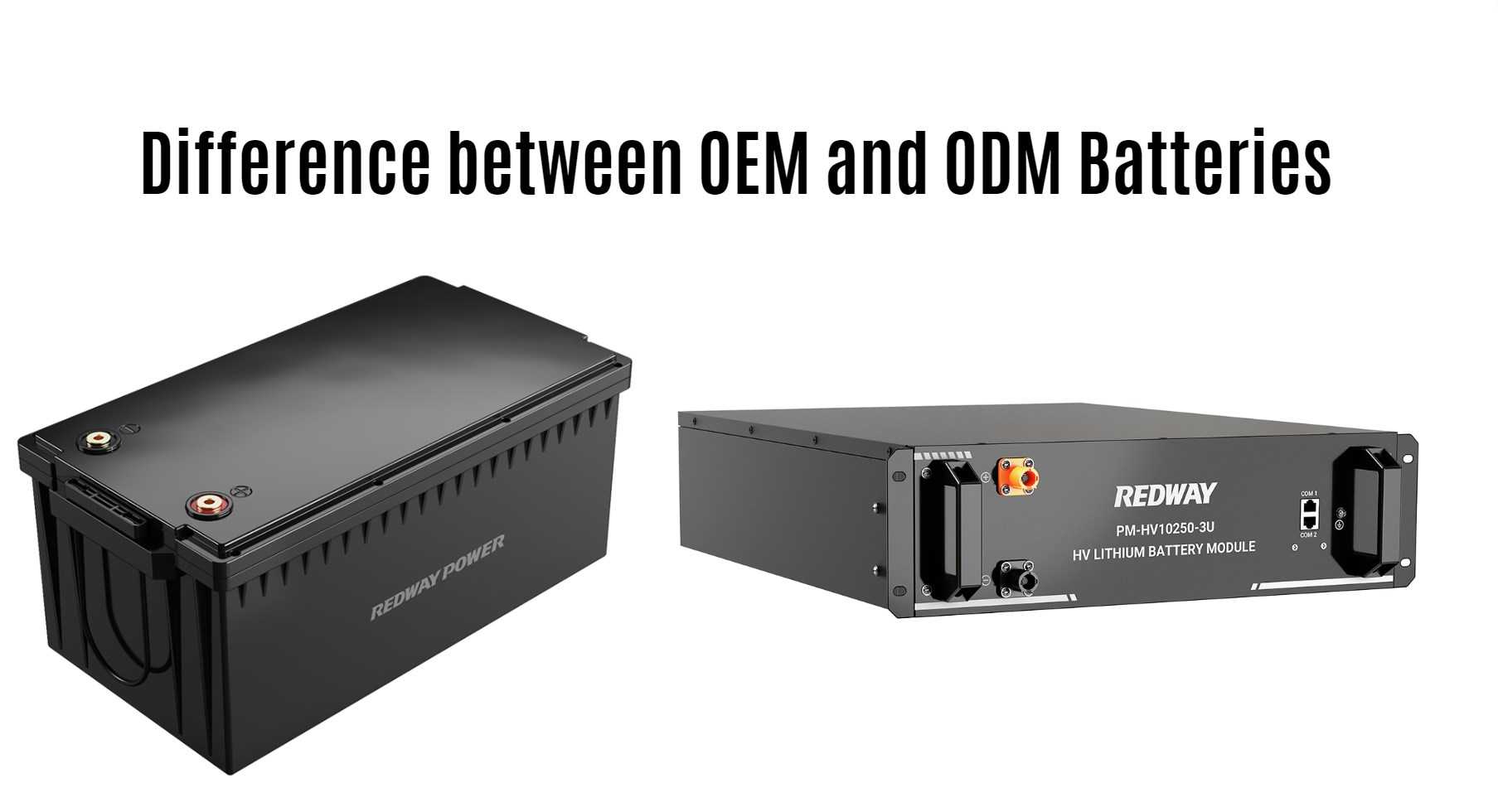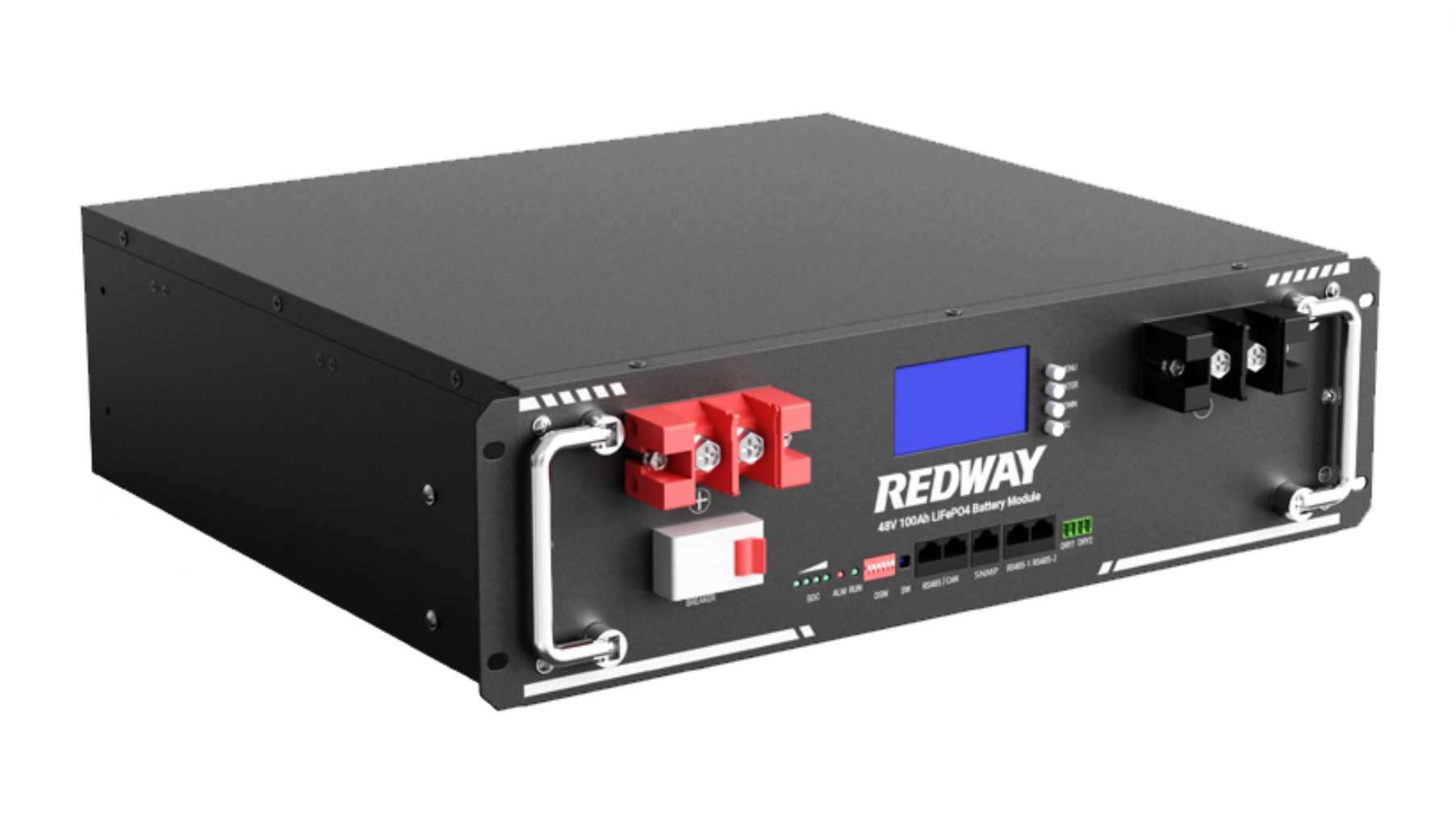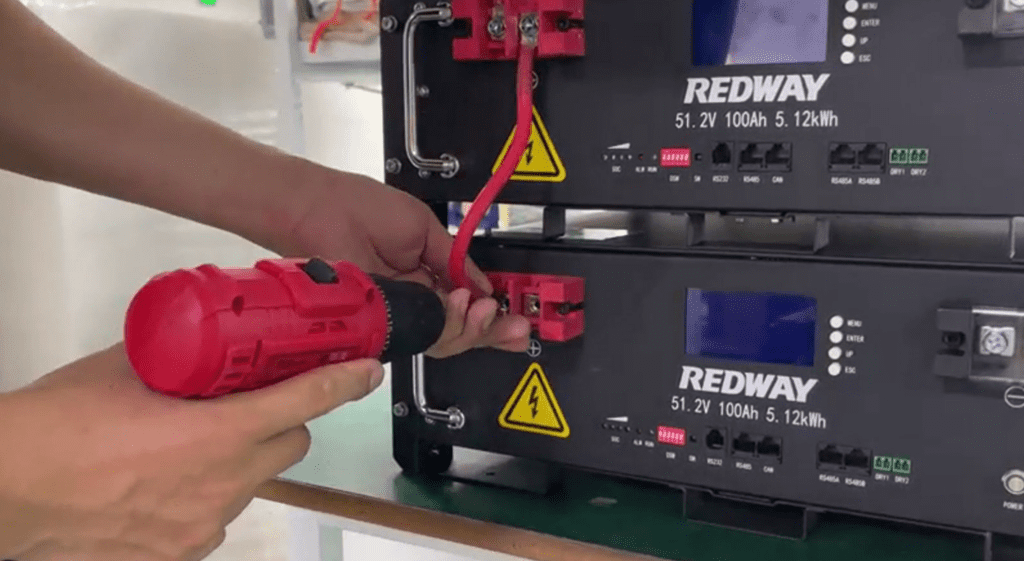What is a 4D Battery?
There are lot of battery types available now a days. It is difficult to keep track of each of them. If one wants to pick up a right battery for his/her use then it is necessary to know what different types of batteries represent and what are the advantages/disadvantages of different types. One of the terms that are used with batteries is either they are 4D, 6D or 8D type. The term “D” usually refers to battery size. So, picking up correct size according to user’s need is necessary to avoid different problems or overspending.

#post_seo_title
4D Battery
One of the group size batteries is called 4D Batteries. Some of their general specifications are given as:
- Dimension : 21” x 9” x 10”.
- Weight : 100 – 150 pounds.
- Nominal Voltage : 12.8 V.
- Current rating : 150 – 220 Ah.
- Cold Cranking Current : 900 – 1300 A.
There are two major type of 4D battery type available now a days based on their chemical composition:
- Lead-Acid 4D Batteries.
- Lithium 4D Batteries.
Advantages of Lithium Batteries are:
- Less Weight.
- Higher rate of Charge and Discharge.
- More life Cycles.
- Great Warranty.
However, their main disadvantage is that they cost more.
Application of 4D Batteries:
There is a wide variety of applications where 4D batteries are used due to their high current ratings. Some of the application of 4D batteries are :
- Off-grid system.
- Solar System.
- RV Vehicle.
- Industrial Vehicles.
- Medical Equipment.
Structure of 4D Lithium Battery
4D Lithium battery consists of 3 parts:
- Battery Cells
- BMS
- Battery Box.
Battery Cells:
The function of battery cells is to store energy during charging and then release it during discharge.
Battery Management System (BMS):
Lithium batteries come with their own battery management system or BMS. It is responsible for management and monitoring of battery. Some of the important functions of BMS include:
- Balance charge across each cell.
- Ensure battery operation within safe limits.
- Maintain optimal operation to maximize battery life.
- Monitor battery for damage and defects.
- Monitor battery temperature.
- Reports battery status to external monitoring devices.
Battery Box:
Battery box protects battery cells. It helps insulate battery from external environment conditions.
How 4D Lithium Battery Works
A battery cell consists of two terminals called Cathode and Anode. Cathode contains negative charge while anode contains positive charge.
When battery is plugged in Lithium ions are released by cathode and received by the anode. While opposite happens during time of discharge where anode releases Lithium ions to the cathode. This generated flow of electrons from one terminal to other.
Group 4D Lithium Battery vs Lead Acid Battery
There is comparison between Lithium and Lead Acid battery:
Battery Weight: Lithium battery weight one third of Lead Acid battery.
Charging Time: Lithium battery is charged far quicker than Lead Acid battery. The charging time of usual 4D Lead Acid battery is 5-10 hours while Lithium battery is charged in 1-2 hours.
Battery Maintenance: Lead Acid battery requires constant maintenance while Lithium batteries are maintenance free.
Depth of Discharge: Lead Acid battery life is greatly reduced when it is pushed to 80-100% DOD reducing its lifespan to 200-400 cycles. While Lithium batteries on the other hand have no influence. At 80-100% DOD they maintain lifespan of 4000 cycles.
Battery Safety: Lead Acid battery contains Sulfuric Acid and Lead, two extremely dangerous chemicals. This can cause hazard if comes in contact with skin or eyes during maintenance. Whereas Lithium battery is sealed and thus maintenance free.
Redway Battery 4D Lithium Batteries
Redway Battery provides a variety of different 4D Lithium batteries for different applications. Out batteries have voltage of 12V with current rating ranging from 150-220Ah. We provide excellent quality product with a robust and efficient BMS system.
We also provide good warranty life up to 10 years for our batteries. If you are looking for good quality 4D Lithium battery then Redway Battery is the place for you.
Visit our website at redway-tech.com. to view our batteries.

